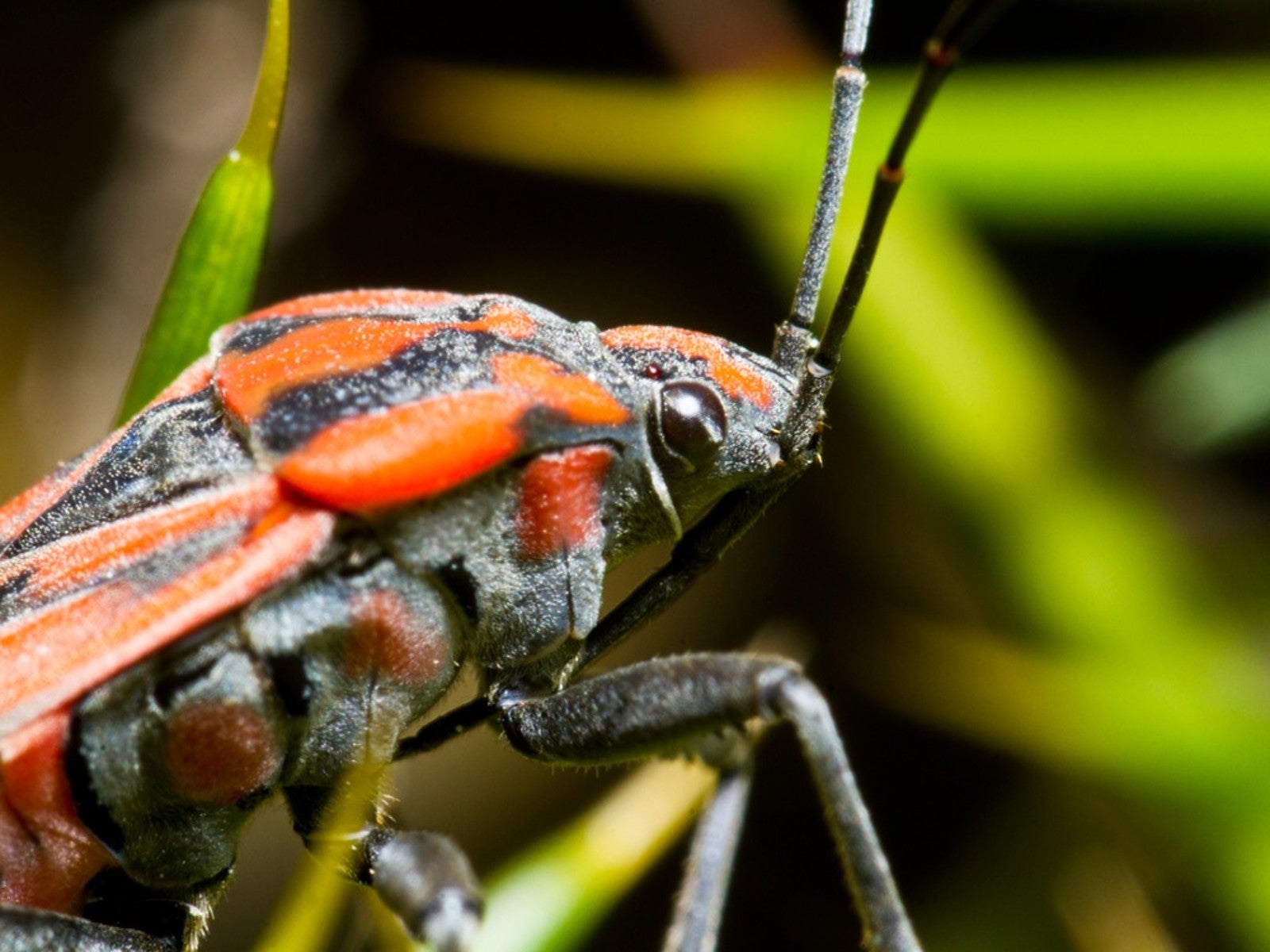Chinch Bugs In Lawns: Learn About Chinch Bug Control


Have you spotted large dead patches of sod in your lawn? It could be a disease but may also be the work of pests that are just a fraction of an inch (2.5 cm.) long. Chinch bug feeding damage begins with yellowed patches of grass but progresses to fully dead spots. What are chinch bugs? These insect pests are known to plague turf grass across North America. There is a species for almost every climate and their activities cause irreparable damage to lawns. Read on to learn more.
What are Chinch Bugs?
Chinch bugs are turf grass thugs. They cause visible damage to large areas of infected law-- areas that won't come back and need to be treated and reseeded. Chinch bugs are hard to spot because they are tiny, but a giveaway is their stench. Chinch bugs in lawns that are heavily infested will emit a strong unpleasant odor if trod upon. Controlling chinch bugs begins with good cultural practices but may have to end with chemical intervention.
Visual identification of chinch bugs can be difficult as they are no larger than 1/6 of an inch (5 mm.) long. In large populations, you can often smell them when you walk across the infected area. Their damage occurs in dry, stressed grass during the hottest months of the summer. Both adult insects and their nymphs cause turf destruction. Both also have that characteristic unpleasant stench when crushed.
Adults have black bodies and folded wings while nymphs are brick red with a band of white over the back. Adults overwinter in the grass and reproduce in spring. A female can lay over 500 eggs, which become voracious eating machines. Chinch bug control is, therefore, most important in late winter and early spring with good cultural methods.
Recognizing the Signs of Chinch Bugs
Before you can decide on a method of chinch bug control, you should verify that these are the cause of your turf problems. The damage may resemble drought stressed grass, with the first areas affected along driveways, paths, and sidewalks.
Dry grass with heavy thatch is often attractive to these insects. Sod begins to turn brown and yellow, then reddish brown and finally dies. The insects’ feeding sucks plant fluids too, but chinch bugs also inject a toxin that causes the leaf blades to sicken.
The worst activity occurs June through August and occurs most frequently on the following grass types:
Gardening tips, videos, info and more delivered right to your inbox!
Sign up for the Gardening Know How newsletter today and receive a free copy of our e-book "How to Grow Delicious Tomatoes".
In high infestations, there may be 150 to 200 chinch bugs per square foot (929 sq. cm.). Their activities lead to large patches of dead turf. Preventing chinch bugs may be achieved with good cultural practices and thatch removal.
For a surefire diagnosis, sink a can with the bottom cut off into the turf several inches (8 cm.) deep. Fill the can with water and watch the chinch bugs float to the surface. If you count 20 to 30 chinch bugs in lawns at any instar, you will need to take steps for control.
Controlling Chinch Bugs
Mowing at recommended levels, removing thatch, watering consistently, and aerating the lawn are methods of preventing chinch bugs and their damage. In stressed lawns, their presence is more acute than a healthy turf.
If you have already gotten an infestation, you can try a couple of remedies.
- Commercially available insects, such as ladybugs and lacewings, are an effective method of biological combat.
- You can also choose to reseed with an edophyte enhanced grass seed, which may repel chinch bugs.
- Non-toxic applications of horticultural soap or using natural chemicals, such as pyrethrins, may achieve some control.
- In extreme cases, you may have to resort to any number of turf insecticides, but be cautious, as these can harm beneficial insects like bees. Follow all directions and keep children and pests out of the area until it has dried.

Bonnie Grant is a professional landscaper with a Certification in Urban Gardening. She has been gardening and writing for 15 years. A former professional chef, she has a passion for edible landscaping.
-
 Looking For Plants To Give You The Soft And Fuzzies? Try These 5 Fuzzy Leaf Plant Options
Looking For Plants To Give You The Soft And Fuzzies? Try These 5 Fuzzy Leaf Plant OptionsLovers of texture, drama, silver foliage and tactile plants will adore these special sensory garden additions. These fuzzy leaf plant options will leave you all aglow
By Susan Albert
-
 Get Ready For A Summer Of Hummers! Grow These Full Sun Hummingbird Plants and Flowers
Get Ready For A Summer Of Hummers! Grow These Full Sun Hummingbird Plants and FlowersIf you’re lucky enough to enjoy a sunny backyard, make sure you are maxing out on your pollinator opportunities and grow these full sun hummingbird plants and flowers
By Tonya Barnett